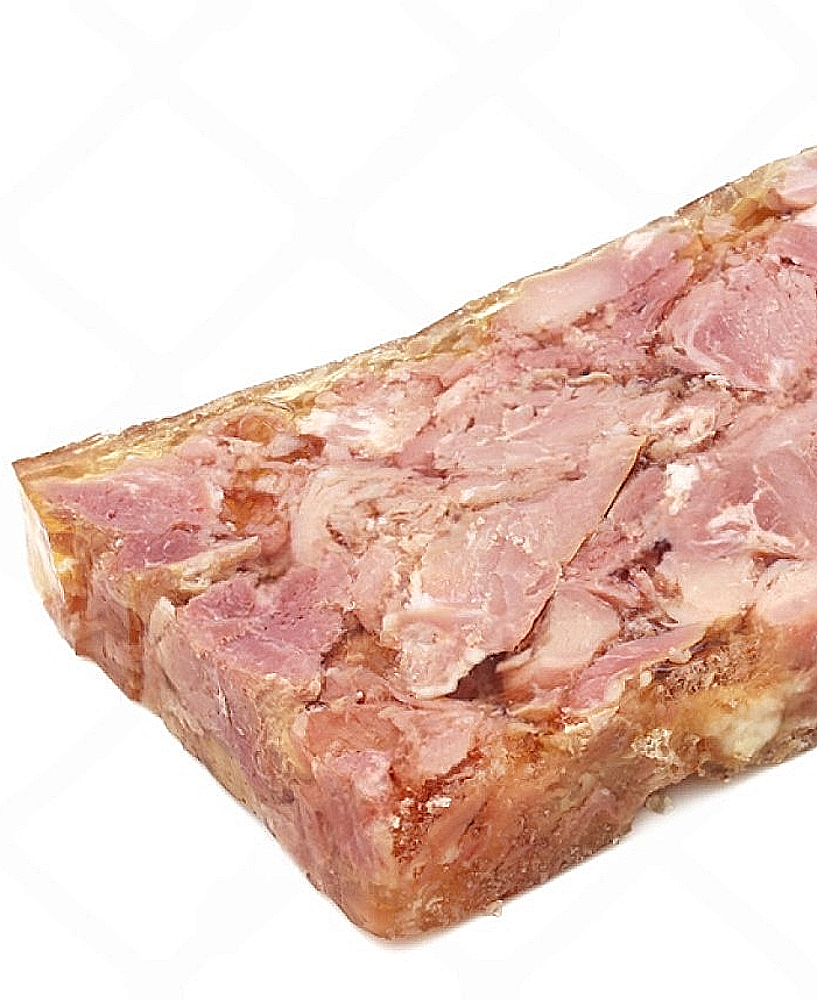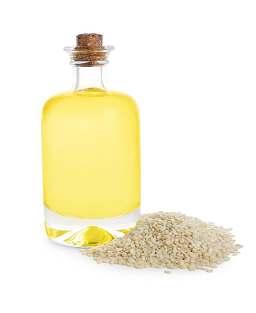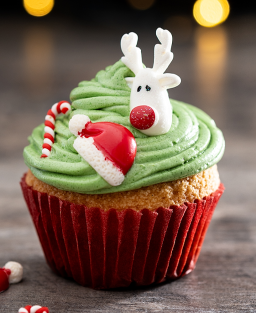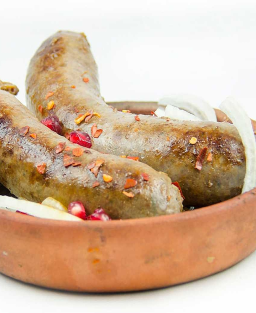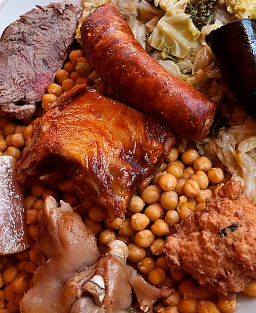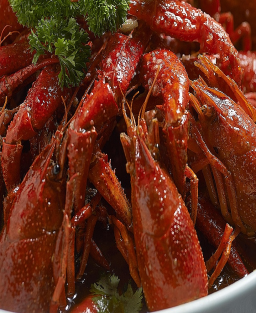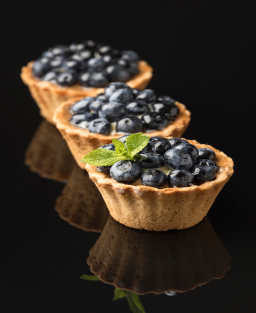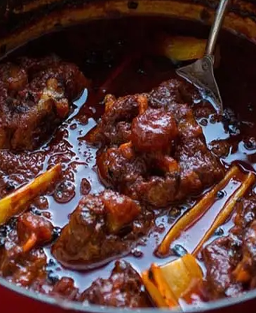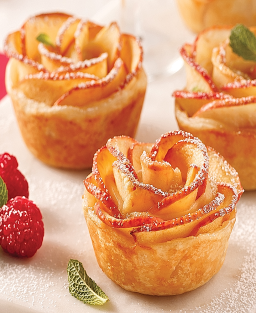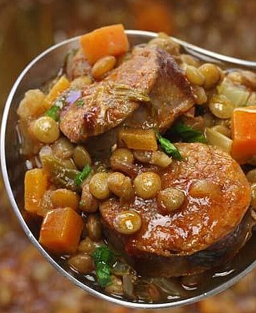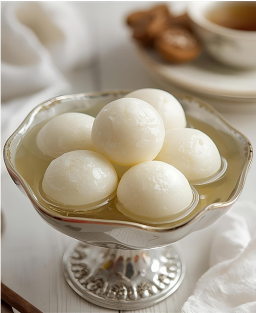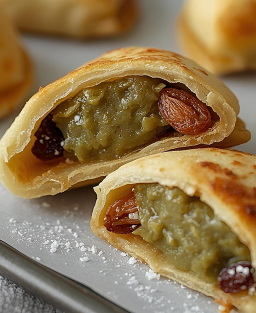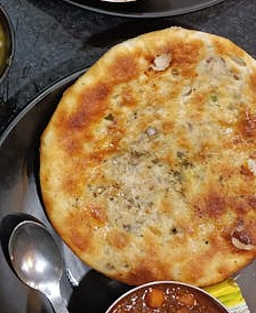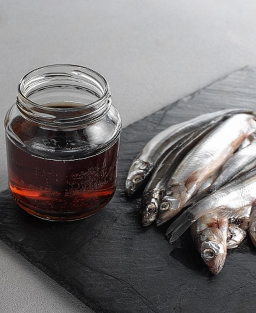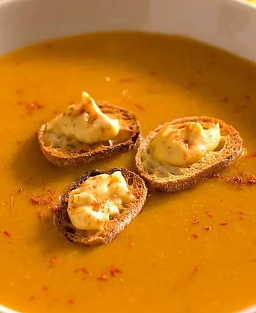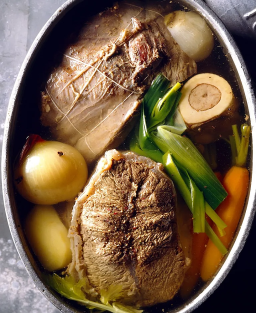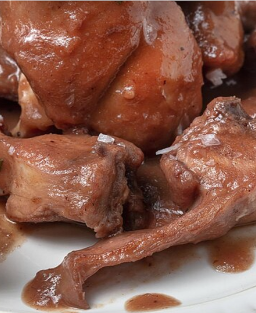Authentic Potjevleesch Recipe – Ancestral Flemish Terrine of White Meats in Jelly (Purist Version)
Authentic Potjevleesch Recipe – Ancestral Flemish Terrine of White Meats in Jelly (Purist Version)
Discover the traditional Potjevleesch recipe, the Flemish terrine from Hauts-de-France, made of white meats in a flavored jelly, a medieval heritage passed down through generations.
Country / Region
-
Country: France
-
Region: Hauts-de-France (French Flanders, Westhoek, Dunkirk)
Recipe originator: Oral tradition (no chef identified)
Purist specification
-
Three main meats: rabbit, pork, and veal (chicken is a modern, non-recognized addition).
-
Use of meaty bones (veal foot, shank) to allow natural gelification.
-
Traditional cooking liquid: local pale ale (3 Monts, Ch’ti Blonde, Jenlain Blonde). In older versions: water + white wine vinegar.
-
Aromatics: thyme, bay leaf, juniper berries, black pepper.
-
Long, gentle cooking (≈ 3 h) followed by cold resting (12–24 h).
-
Serve cold, in a terrine, with crispy fries and green salad.
History
Potjevleesch (Flemish “pot-je” = small pot, “vleesch” = meat) literally means “small pot of meat.”
Originating in French Flanders (Westhoek, Dunkirk), it dates back to the Middle Ages.
Medieval ancestor: ketelvleesch, mentioned in Le Viandier by Taillevent (14th century), a dish of mixed meats cooked in a pot and then placed in jars for preservation.
Evolution:
-
Initially cooked with water + vinegar, later adapted to local pale ale.
-
Veal was gradually added to become the third classic meat alongside rabbit and pork.
-
Chicken appears only in contemporary times and is still rejected by purists.
-
Transmission: long a farmhouse dish, popularized in Northern pubs in the 19th century.
Legend / anecdote
Farm women in Westhoek prepared Potjevleesch in winter to feed summer harvesters; its preservation in cold jelly allowed easy transport to the fields.
In Bergues, a biennial gastronomic contest still pits French and Belgian competitors against each other for the “real” Potjevleesch.
Recipe description
Cold terrine of layered white meats, slowly simmered in a herb-flavored pale ale, then cooled until the jelly sets.
Served cold with crispy fries (whose warmth slightly melts the jelly) and green salad.
Ingredients (Purist version – 6 servings)
| Ingredient | Quantity | Approx. weight |
|---|---|---|
| Rabbit (with bones) | 1/4–1/2 rabbit | 250–300 g |
| Pork (shoulder, belly, or shank) | 1 piece | 250–300 g |
| Veal (shank or flank) | 1 piece | 200–300 g |
| Onions | 1–2 | 100–150 g |
| Garlic | 3–5 cloves | 15–25 g |
| Thyme, bay leaf | A few sprigs | — |
| Juniper berries | 5–10 | 3–5 g |
| Black peppercorns | Pinch | — |
| Local pale ale (North France) | ~75 cl | — |
| Veal or pork foot | 1 unit | 200–300 g |
| Salt | To taste | — |
| Gelatin (if needed) | 3 sheets | ~6 g |
Note: Chicken is excluded by purists and is never used in this version.
Necessary utensils
-
Butcher’s knife and cutting board
-
Tall stoneware terrine with lid
-
Container for marinade
-
Fine sieve / strainer
-
Bowls for gelatin (if used)
-
Stove or low-temperature oven
-
Refrigerator
Detailed steps – Optimized purist version
Preparation and cutting of meats
-
Cut rabbit, pork, and veal into regular cubes of 4–5 cm.
-
Remove membranes, excess fat, and small unnecessary bones for a homogeneous texture.
-
Blanch the veal or pork foot: boil 5–10 min, then rinse in cold water to remove impurities and blood for a clear jelly.
Aromatic marinade (optional but recommended)
-
Place the meats in a suitable container.
-
Add the pale ale and aromatics: thyme, bay leaf, juniper berries, black pepper.
-
Cover and refrigerate 8–12 h.
Tip: for deeper flavor, turn the pieces several times overnight.
Arranging meats in the terrine
-
Place meat pieces in regular layers so the jelly envelops each piece.
-
Add blanched bones between layers for better natural gelification.
-
Pour in the marinade, topping up with beer to cover all meat.
Visual tip: alternate lighter meat (veal) and darker meat (pork, rabbit) for aesthetic presentation when sliced.
Slow, long cooking
-
Cook very gently on the stove or in a low-temperature oven (150–160 °C / 300–320 °F) for ~3 h.
-
Keep a gentle simmer without boiling.
-
Skim surface regularly to remove foam and impurities for a clear jelly.
Tip: cover lightly to prevent excessive evaporation and retain flavors.
Filtering the broth and gelification
-
Carefully remove meats and bones.
-
Filter broth through a fine sieve or double-layered cheesecloth.
-
If natural jelly is too weak, dissolve previously soaked gelatin in cold water into hot broth.
Tip: heat gently without boiling to preserve clarity and taste.
Final terrine assembly
-
Arrange meats in aesthetic layers.
-
Pour filtered broth (with or without gelatin) to completely cover meats.
-
Smooth surface and remove air bubbles with spatula or spoon.
Tip: gently tap terrine on the counter to release air bubbles and ensure uniform jelly.
Cooling and setting
-
Let cool a few minutes at room temperature.
-
Refrigerate 12–24 h until jelly is firm.
Tip: for perfect unmolding, run a knife around edges and briefly dip the base in warm water.
Serving and plating
-
Rustic: slice terrine and serve on a board with homemade fries and green salad.
-
Gourmet: cut into uniform cubes, arrange on a plate with lightly dressed mesclun.
Flavor tip: serve cold but not ice-cold to fully reveal beer and herb aromas.
Total time
-
Preparation + marinade: 6–12 h
-
Cooking: 3 h
-
Resting: 12–24 h
Nutritional info (per 100 g)
-
Energy: 150–200 kcal
-
Protein: 15–18 g
-
Fat: 8–12 g
-
Carbohydrates: < 2 g
-
Allergens: sulfites (wine/beer), gelatin (animal origin)
Regional versions
-
Strict tradition: rabbit, pork, veal – no chicken.
-
Modern version: addition of chicken.
-
Old version: cooked with water + white wine vinegar.
-
Belgian variation: sometimes flavored with local white beer.
Tips and advice
-
Always use local pale ale (avoid dark beers).
-
Respect cold resting time for perfect jelly set.
-
Avoid over-spicing: Potjevleesch should remain simple and authentic.
Service
-
Rustic: terrine slices on a board.
-
Pub-style: with homemade fries and green salad.
-
Gourmet: plate presentation, regular cubes with dressed mesclun.
Recommended wines and drinks
-
Dry white wine from the Loire (Sancerre, Muscadet)
-
Local North France pale ale (3 Monts, Ch’ti, Jenlain)
-
Sparkling mineral water







